As far as decorators and designers go, I would definitely place myself on the more conservative, practical end of the spectrum. I value beauty and bling as much as the next pro, but I run everything – and I mean EVERYTHING through my very fine filter of how a family would use it, if they would use it, and what is appropriate and safe for them. Maybe even to a fault.
One important aspect of practicality is long-term value. In other words, do you feel that the time and money invested in acquiring all of those beautiful new “things” for your home was worth it? Does your home make you happy? And would you say the same thing in 5 years? What about 10 years?
This is really the argument for a “timeless” design plan – whereby a designer or homeowner makes a concerted effort to eschew anything that they think could be here today, yet gone tomorrow. Trendy colors, patterns, materials, finishes, furniture styles and artwork have no place in the timeless interior.
Or do they?
Here’s my beef with “timeless” in its strictest sense – if everything about a space is trend-proof and is guaranteed to never go out of fashion, then chances are, you’re going to be bored of it soon. Possibly even before than that trendy emerald green chair you just bought falls out of favor. And, worst case, it may be completely devoid of the things you love straight out of the gate – a soulless space not reflective of your personality or lifestyle. For example, my favorite color happens to be green, and has been for about 25 years. Will that color ever make me unhappy, or would I regret using it in my home? NEVER EVER! Know thyself…
Overall, I think we have to stop fooling ourselves that the interior projects we undertake today are going to make us happy forever and ever – however much our most pragmatic “voices” would like us to think. We are human beings; we crave variety (even those of us that are a little bit afraid of change!), and we want to keep feeling that emotional response every time we come home, be it relaxation, joy, or something else. That requires some new stimulation from time to time. So let’s design our homes to evolve, not hope we’ll want to keep things the way they are now, forever – it’s more realistic, and honestly feels a lot less stressful when making the more expensive decisions on home furnishings and finishes. Note: I’m not talking about disposable furnishings here – just a different way of thinking, about creating an “evergreen” (or, timeless) backdrop for the evolution of our lifestyle, tastes and needs.
Here are a few ideas for finding the balance of trendy and timeless that’s right for your family, and your home for the long term:
1.) Make sure those “investment pieces” will stand the test of time, or that they are likely to have a high resale value if you prefer to cycle through those, as well (furniture consignment stores are great for this!). This is one reason to consider incorporating antique furniture – there is already an established market for it; people have been enamored of antiques since the 19th century. The same is true for many oriental rugs.
Not only that, but their durability has already been confirmed, and patina developed – a great thing for families!
2.) Let go of the idea that your tastes will never change. This can be difficult to pin down. As you move through different life stages and, potentially, income brackets, you may find yourself attracted to different things. Especially if you are one who “appreciates” a wide variety of styles. I was an art history major in college, and have studied the history of interior design and furniture. I traveled extensively in Europe, and have lived in some of the largest cities in the U.S. I’ve been exposed to just about everything. In 2007 I started buying Stickley furniture in their best-known mission style (Arts & Crafts).
It is beautiful, and incredibly well constructed – definitely investment furniture. But I don’t want it anymore. In recent years, I have gravitated toward a “new traditional” style, which is the style of my own home, and the one in which I most frequently decorate for clients. My Stickley pieces no longer fit within my design aesthetic, despite a valiant effort to incorporate them, so they must go (not to mention, they look really out of place in my 1895 Victorian Colonial Revival). And I’m ok with that – I know they’ll find a loving new home with their next caretakers. (Note: if you are interested in buying, please contact me!!). You have to be willing to let go of the things you no longer want or need; this is a critical concept in the evolution of your home’s interior design. It’s a far easier pill to swallow when you know that you’ll recoup most of your investment upon resale, which you can then use to buy what you really want, now (see #1).
3.) Think “timeless” for fixed/attached elements, try “trendy” for accessories and accents. Have you ever seen a picture like this on Pinterest and thought, wow, that looks awesome!?
Now, the chevron (or, zigzag) motif has been around since Byzantine times. Is it new? No, most things are not. Is it trendy? I say, 100% yes. It’s probably on its way out right now. Do I still like it? Hell yes! But tiling your kitchen backsplash with an “of the moment” look like this is not the wisest long-term design choice, if long-term value is important to you. Buy chevron mugs and vases to accessorize your kitchen instead.
You could also stick with the backsplash idea but instead render the pattern in a single, neutral color, or switch to a similar, less flighty tile pattern, like herringbone. In other words, tone down, adjust, or leave out altogether those design motifs, patterns, colors, etc. for the things that have the highest barrier to changing them.
4.) Seek out “updated classics.” A Chinese Chippendale cocktail in bright lacquer paint. Super-scaled Greek key braid trim. A Louis XVI-style chair upholstered in a transitional geometric print. These are all examples of timeless forms made relevant (not trendy) for today. Furnishings with a tangible connection to both the past and the present will always feel fresh, but are less likely to go stale, or become “boring.” They can grow with us. The classics have staying power, but they often do need to be tweaked somehow to maintain their relevance. And they may need to be tweaked again down the line.
5.) Create a flexible color palette. Remember that idea of planning for an evolution of our interior spaces? A lot of that has to do with color. I previously wrote about the merits of a black and white bathroom for this reason; it provides the ultimate in flexibility for adding or changing colors and ensures a long lifespan for a room that’s expensive to change. So much is possible when you start with a black and white space. Or, a space that incorporates your favorite color, plus a healthy dose of neutrals. You’ll always be able to work with it.
6.) Know what levers you’re going to pull to update your space in the future. In other words, think in advance about what you might want to change eventually, and plan accordingly. My recommended weapons of choice? Fresh paint and pillows! They can create a room that feels entirely new and wonderful when it begins to feel dated. That’s really all it takes!
This is a tricky subject, and one that I don’t think any two designers or decorators would agree upon. There are some that would decorate with the hopes that you’ll call them back in a few years to redecorate all over again – a sort of planned obsolescence (not me!). Thank you for indulging my philosophical side :). I hope I’ve at least given you something to think about.
How do you (or will you) strike a balance of trendy and timeless design in your home? Need help figuring out where to begin? I’d love to assist you with your decorating projects! Please contact me through my business website, Kelly Rogers Interiors.
Image sources:

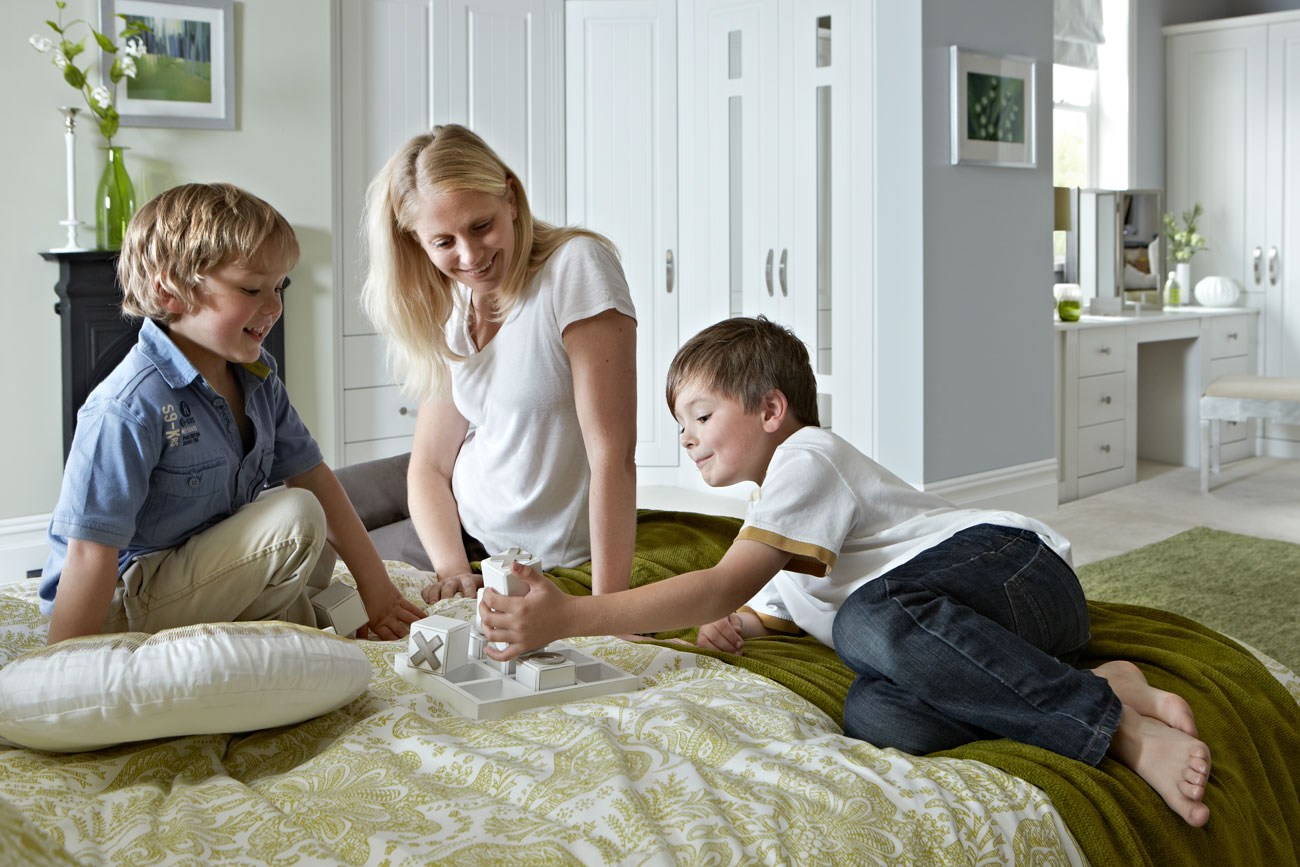

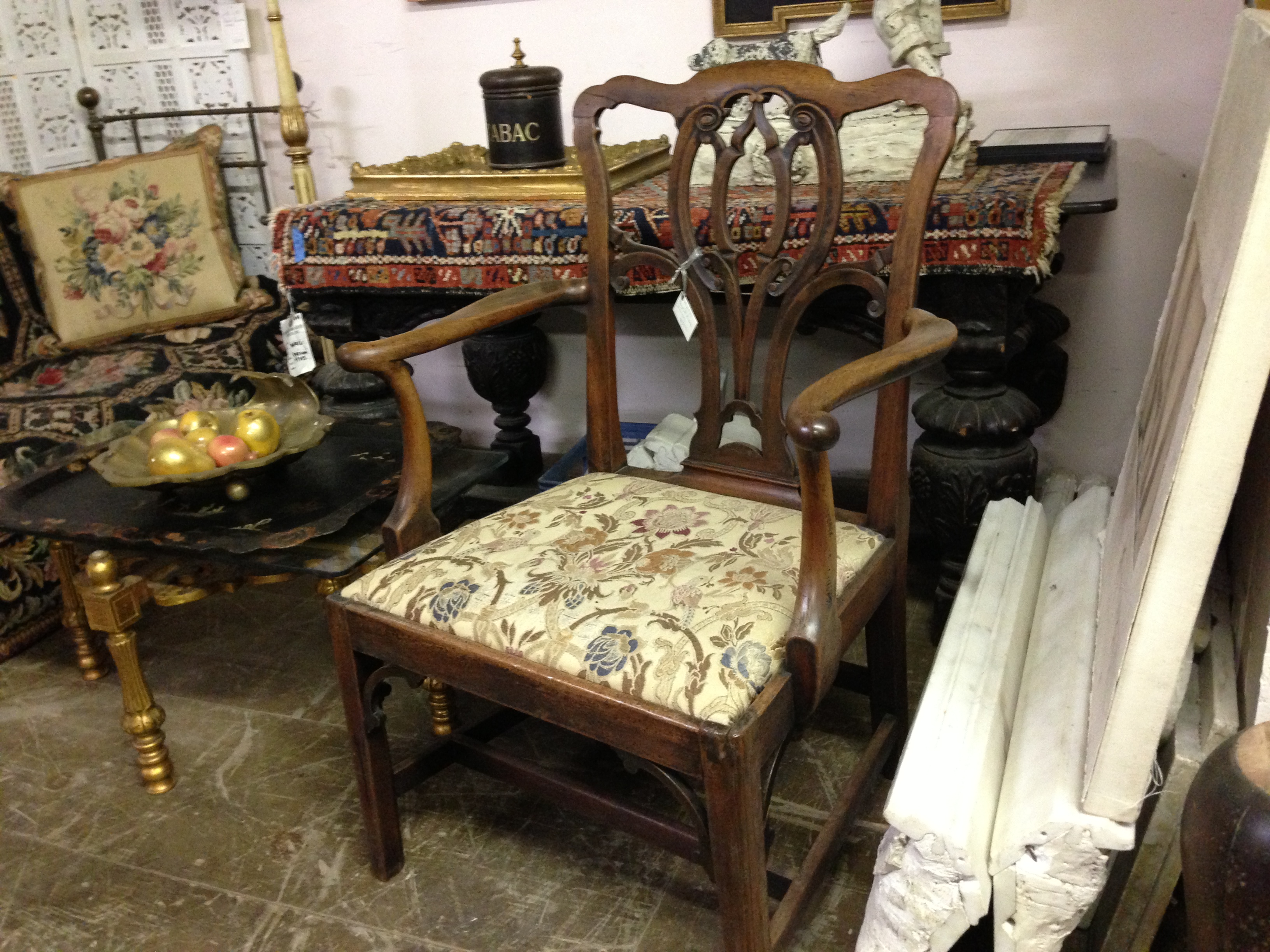
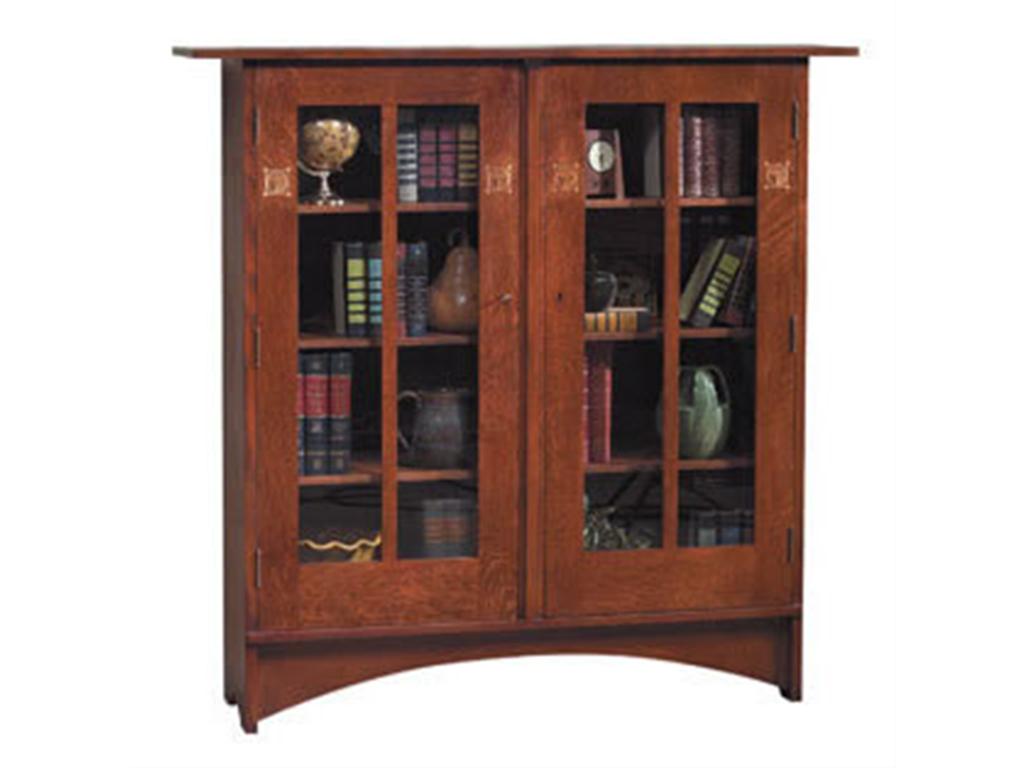
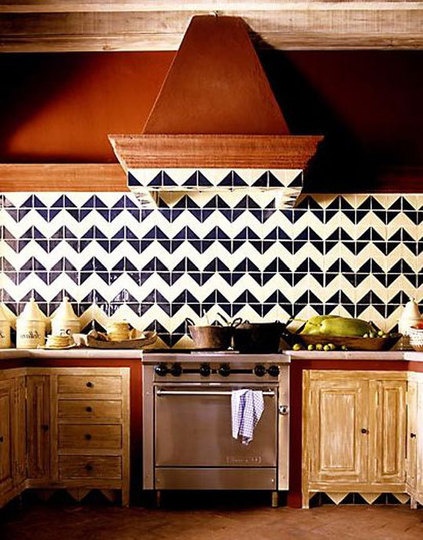
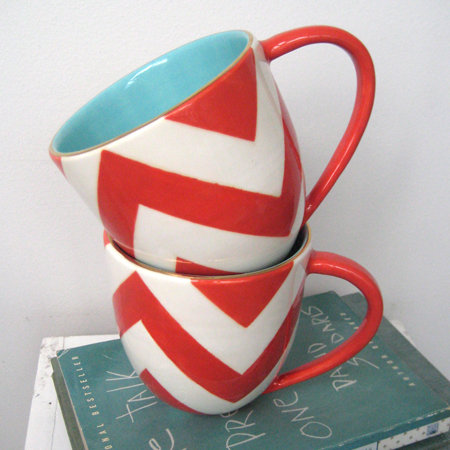
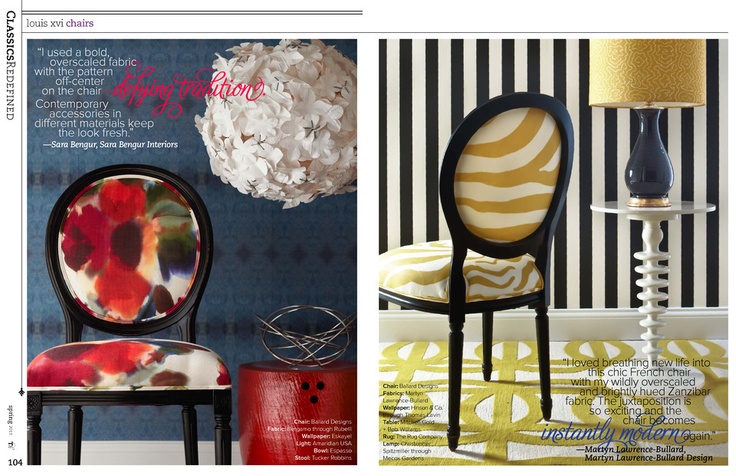
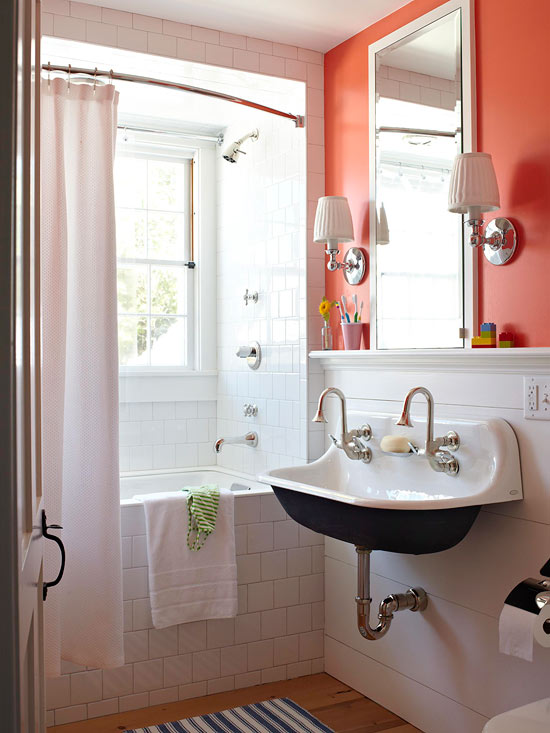
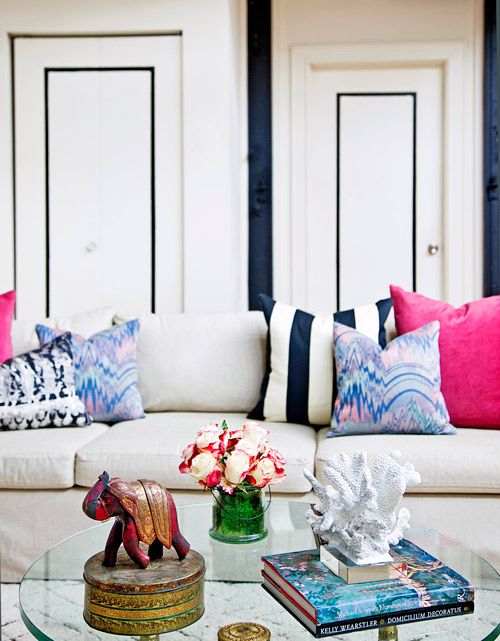
I like what you are saying. I have to agree. The hardest thing for me was as you say it to let go of the idea that your taste will never change. Mine did and it was really sudden. I juts woke up one day and I hated my kitchen. So I redecorated. Overall your tips are simple and true and that´s what I like. Good luck.
Very informative information. I need to have you take a look at my house for decorating ideas.